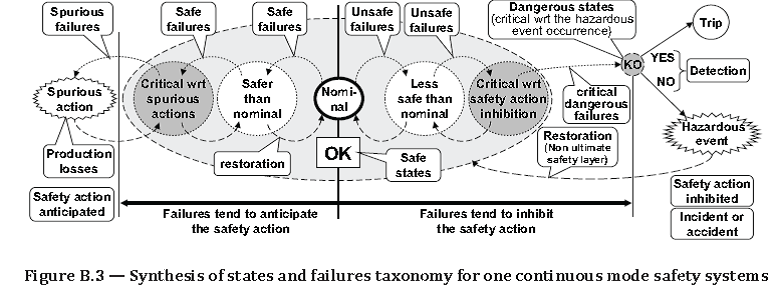Glossary
Browse the IADC Lexicon alphabetically or by category. Get comprehensive definitions of drilling industry terms.
Oil & Gas Drilling Glossary - IADCLexicon.org

An employee’s ability to perform the job tasks consistently, precisely, and reliably. Skills can be assessed.
Source: International Association of Drilling Contractors, Competence Assurance-Guidelines for Building a Successful Program Revision April 2015. IADC Guidelines